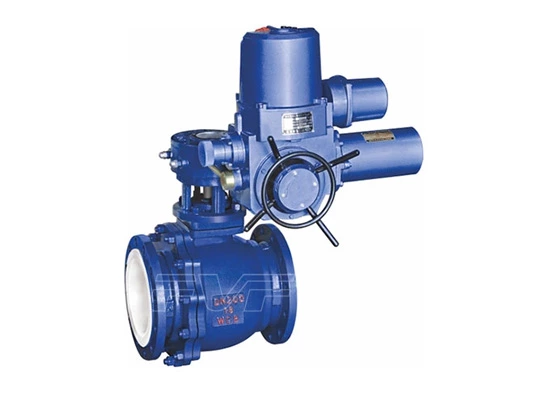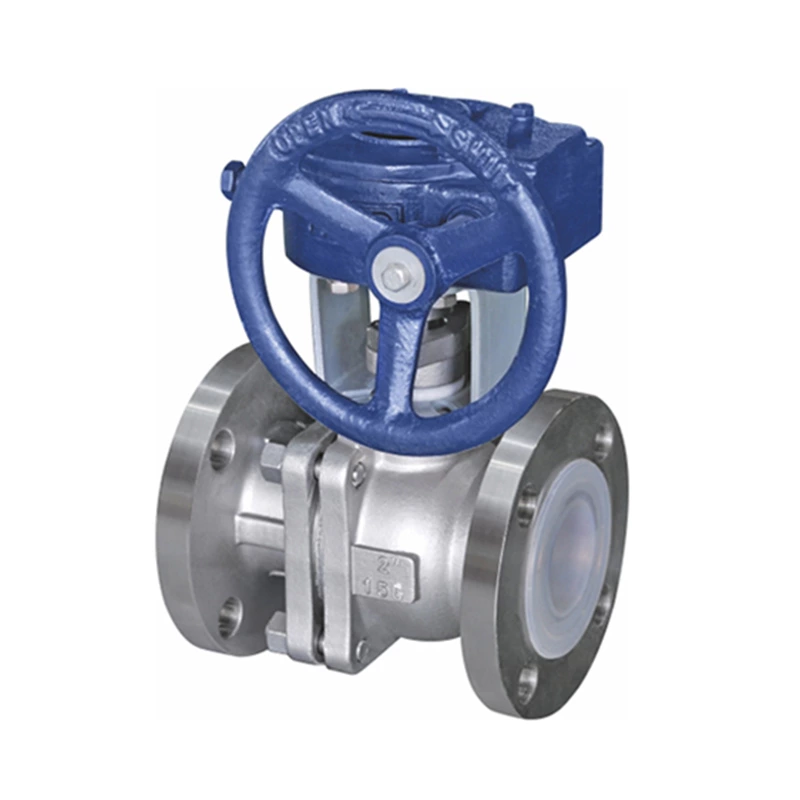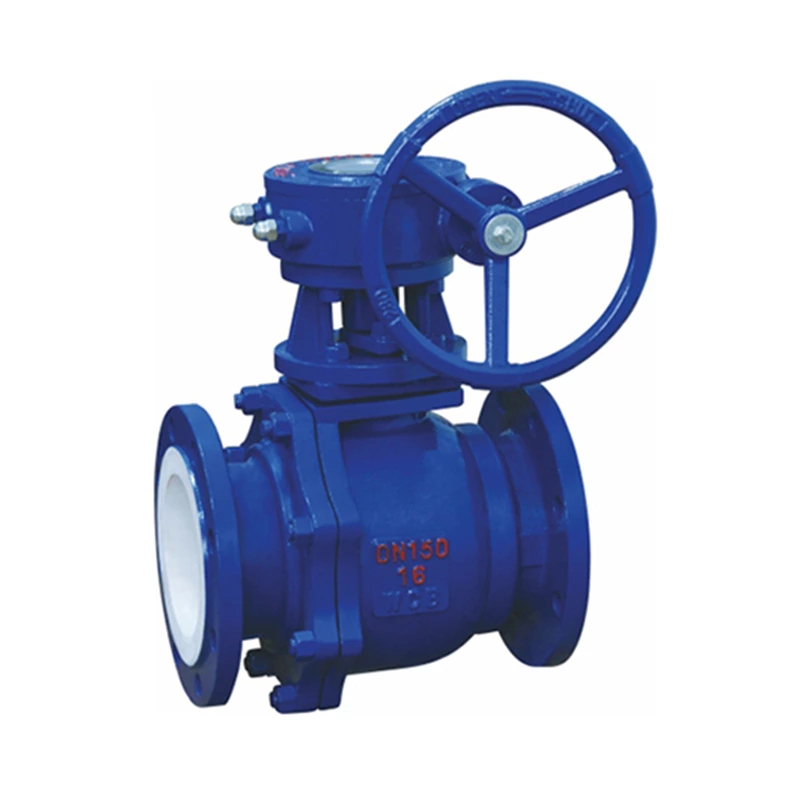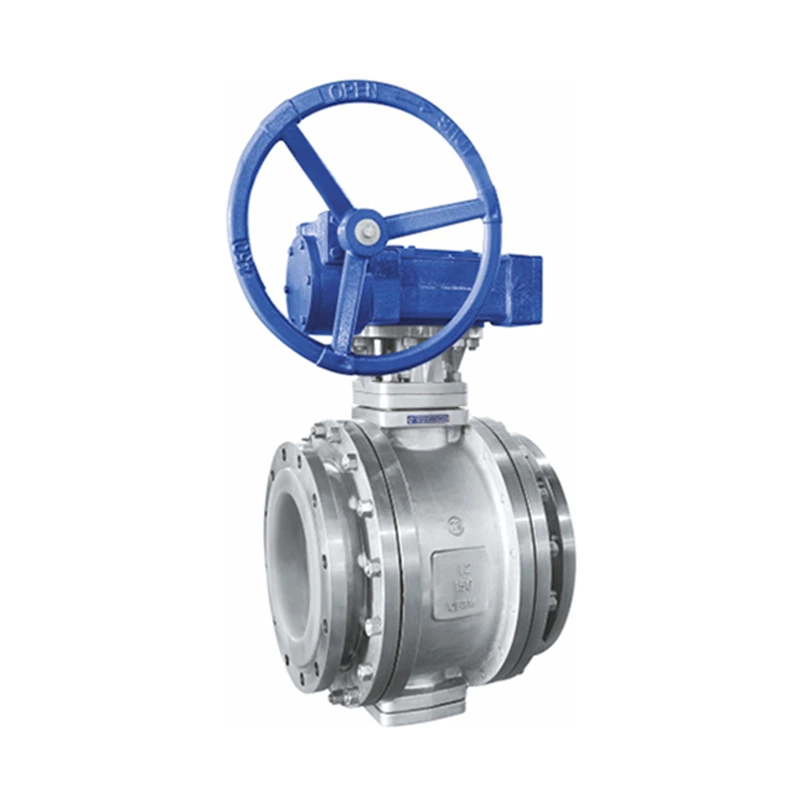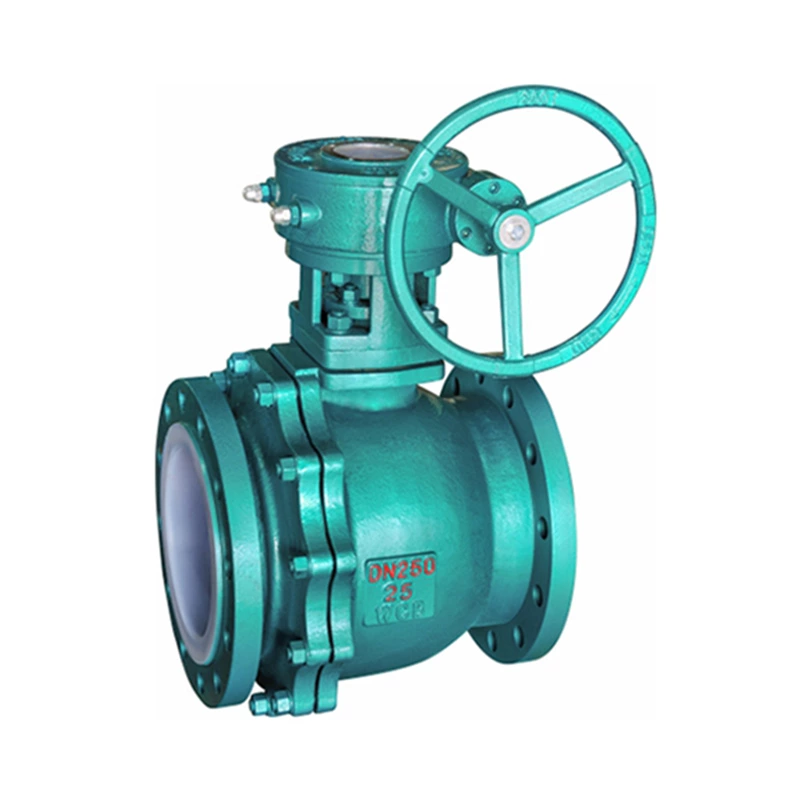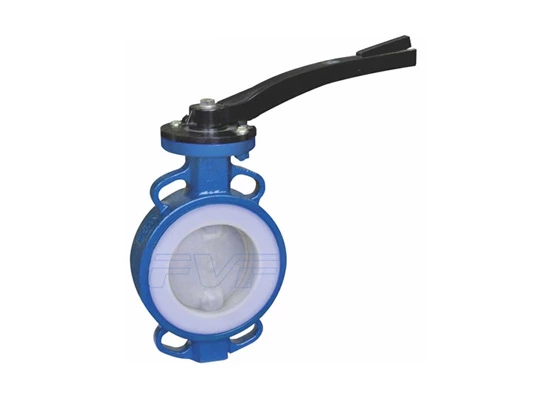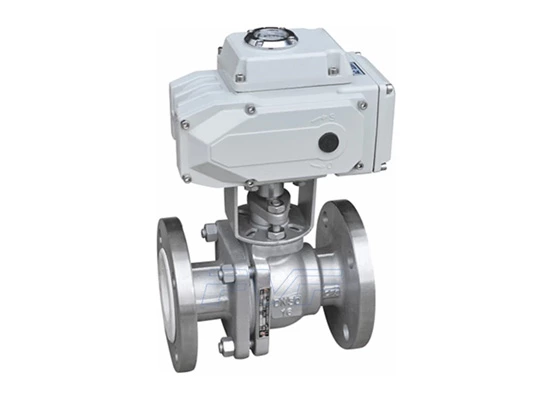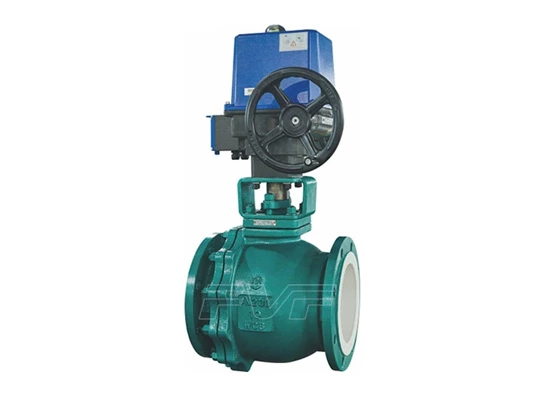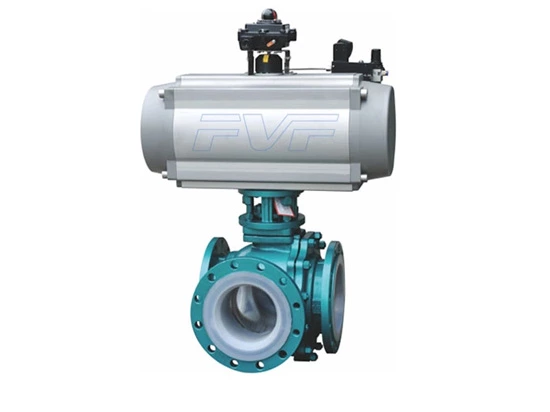What Is An Automatic Valve
Lined Valve is a device that uses electric, pneumatic, hydraulic or electromagnetic drive and other methods other than human power to control the valve. The following is a detailed introduction to the automatic control valve:
1. Composition and structure
The automatic control valve is mainly composed of a valve body, an upper valve cover, and valve internal components. Among them, the valve internal components include key components such as valve core and valve seat, which are used to control the fluid. The nominal diameter range of the automatic control valve is DN20-300mm, and the nominal pressure includes PN1.6, 4.0, 6.4MPa and other specifications.
2. Working principle
The working principle of the automatic control valve is to realize the automatic control of the valve through the combination of sensors, valve actuators and control modules. The sensor is responsible for detecting the parameters of the fluid (such as pressure, temperature, flow, etc.), and converting these parameters into electrical signals and transmitting them to the control module. The control module processes and analyzes these signals according to the preset algorithm and program, and then sends instructions to the valve actuator to drive the valve disc to change the opening of the valve, thereby realizing the control of the fluid parameters.
3. Performance characteristics
Precise control: Automatic valves can accurately control parameters such as flow, pressure or temperature to meet various complex working conditions.
High degree of automation: Automatic valves can realize programmed control, automatically adjust the valve opening through electronic control systems, and reduce the difficulty and workload of manual operation.
Energy saving and emission reduction: Since automatic valves can accurately control parameters such as flow, pressure or temperature, they can realize intelligent flow adjustment and reduce energy consumption, thereby achieving the purpose of energy saving and emission reduction.
Remote control: Automatic valves have the ability of remote control, which can easily control the valve remotely to meet the needs of remote monitoring and operation.
Safe and reliable: Automatic valves adopt advanced control technology and safety protection measures, and have high reliability and safety.
4. Types
According to the structural function, automatic valves can generally be divided into self-operated temperature regulating valves, self-operated pressure regulating valves, self-operated flow regulating valves, etc. These valves can be used for most fluid media for regulation.
5. Application fields
Automatic valves are widely used in chemical, papermaking, food, medicine, power plants, steel mills, cities, drainage, gas and other departments. In these fields, automatic valves play an important role and provide reliable support for production and operation.
6. Advantages and disadvantages
The advantages of automatic valves include high degree of automation, precise control, energy saving and emission reduction, and remote control. However, automatic valves also have some disadvantages, such as high equipment cost, relatively high maintenance cost, and difficulty in use and maintenance for non-electrical professionals.
In short, as an important industrial automation equipment, automatic valves play an important role in various fields. With the continuous advancement of technology and the continuous expansion of applications, the performance and application range of automatic valves will continue to be optimized and expanded.
